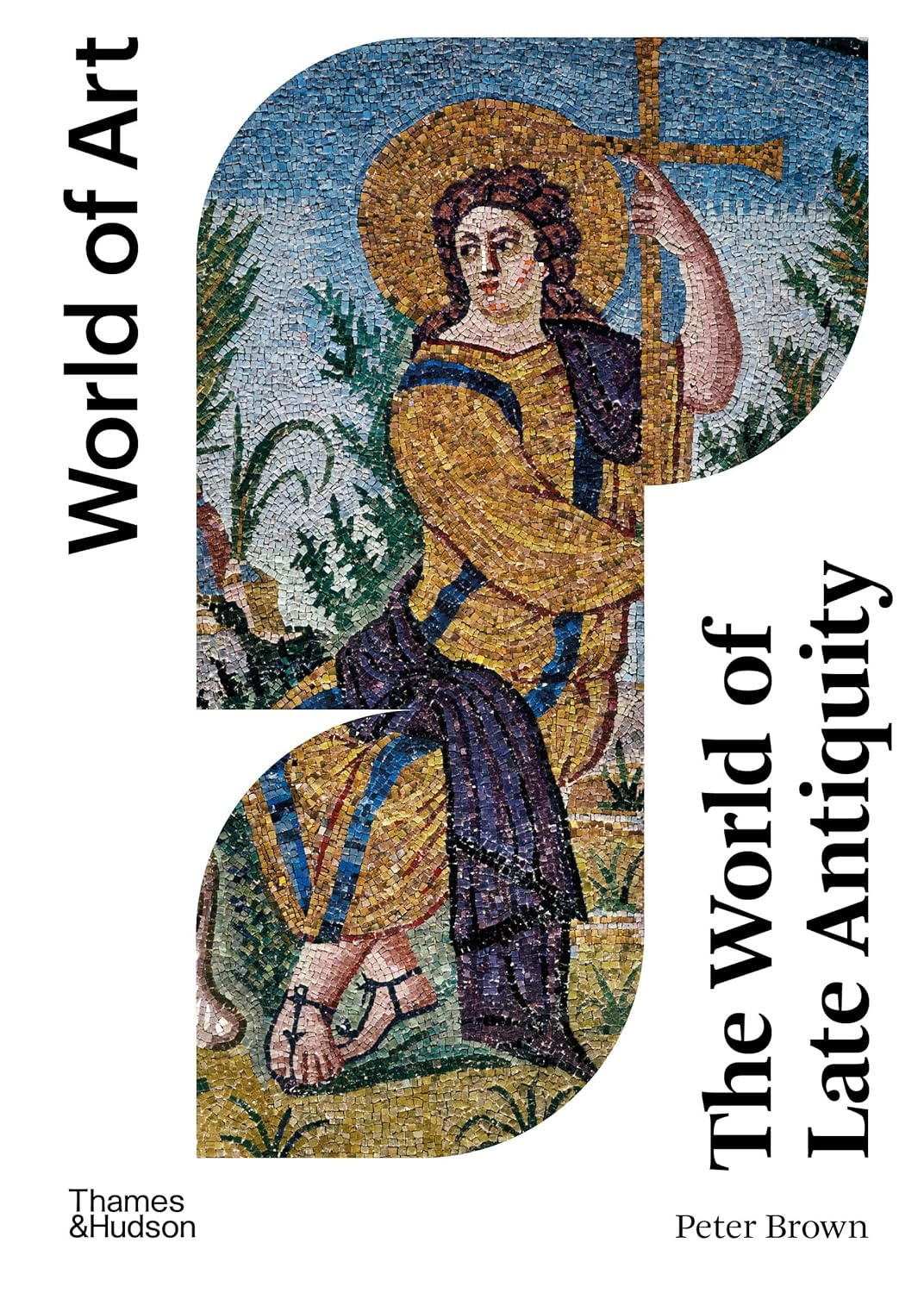
Categorii: Necatalogate, Neclasificat
Limba: Engleza
Data publicării: 2024
Editura: Thames & Hudson Ltd
Tip copertă: Paperback
Nr Pag: 232

A remarkable study in social and cultural change that explains how and why the Late Antique world, between c. 150 and c. 750 AD, came to differ from 'Classical civilization'.
The first century AD was one of momentous events: the end of the Roman empire, the rise of Christianity across western Europe and the disappearance of Persia from the Near East; an era in which the most deep-rooted of ancient institutions disappeared for all time creating divergent legacies which are still present. Renowned historian Peter Brown examines these changes and the reactions to them, to show that the period of Late Antiquity was one of outstanding new beginnings and far-reaching impacts.
The result is a lucid answer to a crucial question in world history; how the exceptionally homogenous Mediterranean world of the first century AD became divided into the three mutually estranged societies of the Middle Ages: Catholic Western Europe, Byzantium and the Islamic world. Brown's remarkable study in social and cultural transformation explains how and why the Late Antique world, came to differ from the 'Classical civilization' of the Greeks and Romans. Featuring a new preface and updated with colour illustrations throughout, The World of Late Antiquity demonstrates that we still have much to learn from this enduring and intriguing period of history.